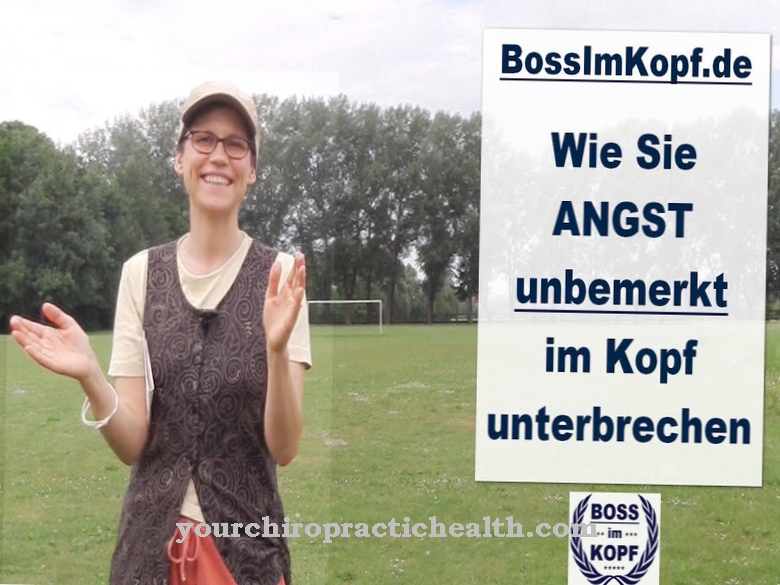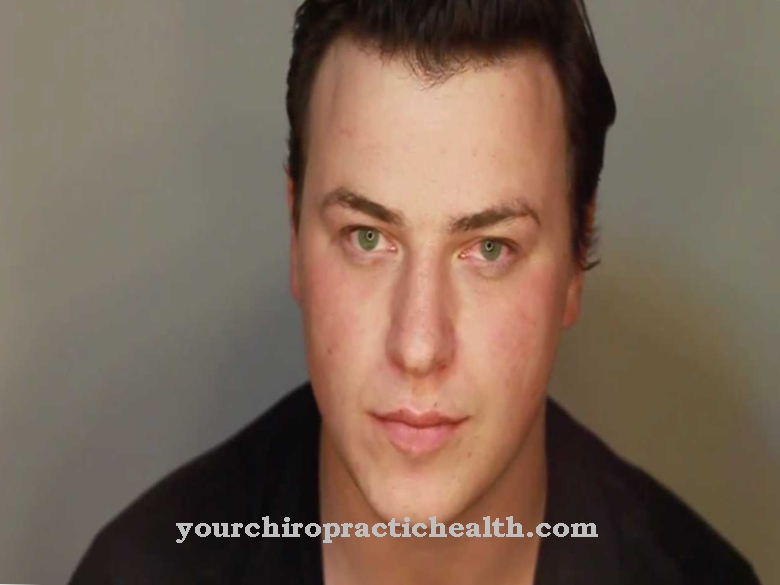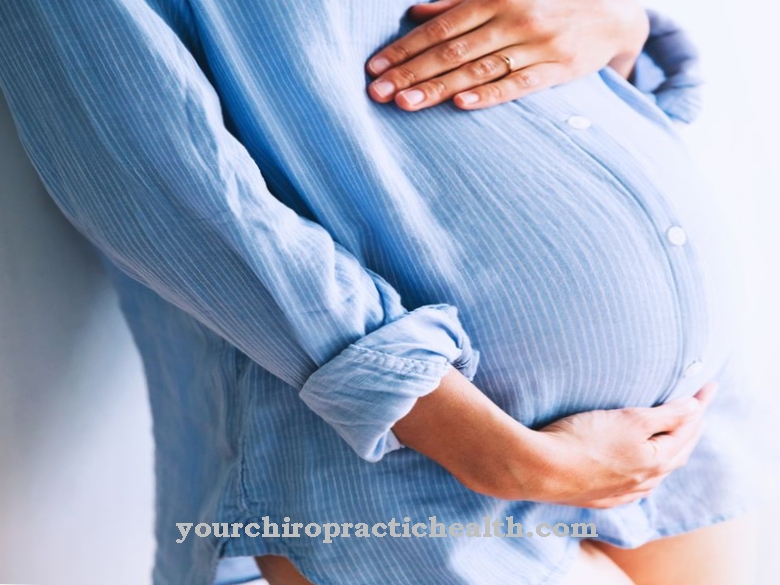Sport is good for your health and fitness and serves as a counterbalance to a stressful everyday life. Over 20 million people regularly practice a sport and many of them are involved in sports clubs. The German Football Association (DFB) alone has over 6.8 million registered members. Exercise promotes strength and movement for young and old, but despite taking precautionary measures, sports can lead to accidents that result in serious injuries. The most common sports in which accidents occur are soccer, handball and volleyball.
Source: North Rhine-Westphalia Health Center
Frequency & occurrence of sports accidents

Every year there are over 1.5 million sports accidents in Germany in which those affected have to reckon with consequential damage and further stress. The ankle or knee joints are often affected, but also the head, hands and lower legs. Many runners suffer fewer injuries and accidents than soccer players, but the so-called fatigue fractures are particularly common in them, especially on the shins, metatarsals, thighs, fibula, pelvis and arms. Further information is available in the article "Fatigue fracture (fatigue fracture)".
The sports with the most broken bones include winter sports, and whether skiing or snowboarding, falls by inexperienced or high-spirited hobby and recreational athletes are often the cause of broken bones. Many of the accidents happen to beginners in the first two days and many suffer a broken bone more often than experienced athletes. Sports with high speeds such as biking or skating, ball sports with intensive body contact or individual sports have the most common bone fractures.
First aid for broken bones
Bones cannot always be identified immediately, except for open fractures. There are many other ways of damaging a bone, which can be found in Germany under the AO classification.
- Type A: simple fracture
- Type B: wedge fracture
- Type C: complex fracture
Complex fractures include, for example, a debris fracture in which more than six fragments have broken. Furthermore, doctors classify the breaks according to line, dislocation, fracture shape and type of force. However, some symptoms can be seen immediately with many fractures. In addition to pain, there are swellings as well as restricted mobility or taking relieved postures. An unnatural position of the limbs is another indication of a broken bone if no clear wounds or open fractures are visible.
First of all, it is important not to move the fracture site and, if the fracture is open, to cover the wound, ideally with dressings or disinfected wipes. Movement can have serious consequences, especially if there is a suspicion of spinal injuries. However, if there is an immediate danger to life from a road or a slope, the person should be carefully brought to safety. The immobilization of the affected part of the body can be supported by helpers with pillows, rolled blankets or items of clothing, and it is best to wedge them carefully.
Arms or hands are to be held directly against the body. In the case of closed fractures, cooling with ice packs or cold packs makes sense, but these should never get directly onto the skin, but rather be wrapped in a cloth.
In addition to treating the wound, first aiders should pay attention to the person affected and combat any possible shock. For this, the increased positioning of the legs is necessary so that the blood can flow to the brain and the important organs. The helpers recognize a shock by the following symptoms of those affected:
- Fear, restlessness
- paleness
- Freezing or trembling
- Sweaty skin
- Apathy or loss of consciousness
If the affected person is unconscious, the helpers should bring them into the stable side position. The DRK explains the procedure in this video:
Even if a broken bone is suspected, the on-site helping people should not do without lying on their side in order to keep the airways free. There are now even various apps for smartphones that can help with first aid.
Under no circumstances should the rescuers adjust or straighten bones themselves, give the person affected drinks, medication or food and leave them on their own until the rescue workers have arrived. Since the accident occurs during physical activity, those standing by should ensure that the injured person is adequately protected from heat, as otherwise many athletes can get hypothermic.
Insurance & coverage in clubs & for amateur athletes
Many amateur and recreational athletes do not know which costs the health insurance companies will assume and which follow-up costs they may have to face.Anyone who does sports in a club is already covered by their sports club. Most of the time this is done through the state sports association, which has taken out group insurance for the clubs.
This includes accident insurance, liability insurance and sometimes legal protection insurance. The insurance includes accidents while exercising, but also in changing rooms and on the way to and from the club's premises. However, the insurance companies do not cover all costs, and high follow-up costs in particular often do not belong in the insurance sector.
Anyone who is without a club should adjust their insurance coverage well, as the athlete is also liable for injuries and compensation for others. Your own health insurance will cover the costs of the treatment, but possible follow-up costs are usually not involved. An occupational disability insurance is interesting for high-performance athletes or people with a high volume of sports, for example, while a private accident insurance can cover specific risk situations. Verivox.de provides further details on liability, scope and entitlement in the event of sports accidents and especially in the case of broken bones. It also lists tips for prevention like avoiding cigarettes and consuming calcium for strong and healthy bones.
Treatment and prevention

In most cases, fractures are immobilized until the affected fracture has grown back together. A plaster cast is the conventional and proven treatment that usually has to be worn for several weeks.
During the X-ray examination, the bone fractures and healings can be clearly seen and, in the case of complicated fractures, a computer tomography or magnetic resonance tomography is also carried out in order to discover any soft tissues that may be affected. The following three principles should be used to treat broken bones:
- Establishment (repositioning)
- Immobilization
- Pressure on the break point (compression)
A plaster of paris is not always part of the therapy, for example for fractures of the finger or metacarpal bones. During surgical therapy, splints are then used and light exercise exercises. Example of a treatment process after an operation:
| 1 day | Dressing change, removal of the drainage, independent movement exercises |
| 3rd-14th Day | Postoperative treatment by orthopedists or surgeons, after 12-14 days removal of the sutures and physiotherapy |
| 6 weeks | No strain on the hand such as supporting, carrying, longer work on the PC, fine motor and free movements of the fingers possible, slow integration into everyday life |
Source: http://www.lubinus-clinicum.de/frakturen.html
Most broken bones heal very well during this time and only in a few cases do complications such as inflammation or false joints occur. Complicated fractures in particular require a longer healing process. Many athletes want to get back to their hobby very quickly, but especially with foot injuries such as an ankle fracture, the affected person should only slowly increase the load and build up the muscles again.
One of the most important things to do in sports injury prevention is to warm up thoroughly. Sprains, falls and accidents can be prevented by warming up the muscles, because they can meet the demands of the sport and react quickly enough to the movements. There is also learning the right technique, for example skiing or snowboarding, and protecting against injuries with helmets and protective clothing. In addition, amateur athletes should not overwhelm themselves and always adapt the training to the current fitness level.






.jpg)





















